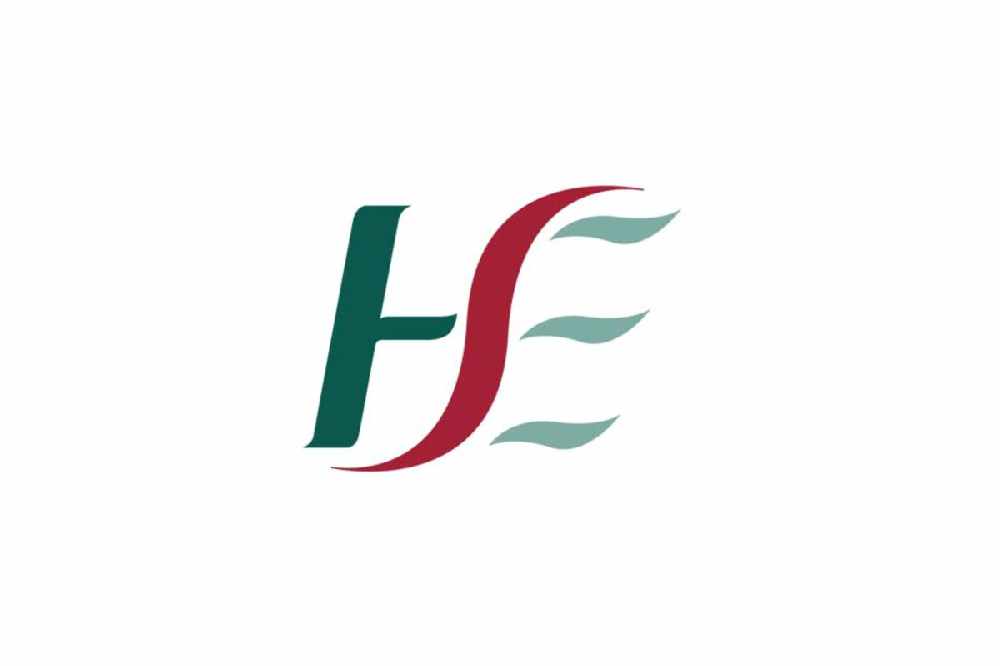
Here's all you need to know about how it will work.
The right to sick leave has been officially been passed.
The Sick Leave Bill 2022 has completed its passage through the Dáil and the Seanad.
Junior Business Minister and Longford-Westmeath Fianna Fáil TD, Robert Troy says the new legislation means all workers will now have a right to sick leave no matter what their illness or job.
Minister Troy said;
“The pandemic highlighted the vulnerability of some workers in relation to sick pay especially those in the private sector and those on lower incomes. It is important that workers are not pressurised to come into work when they are unwell.
“This will be a safety net for workers and a comfort in knowing they will not lose out on payment if they are unwell and unable to go to work.”
This new scheme will be phased in starting with three days paid sick leave per year, rising to five days in year two and seven days in year three. Employers will eventually cover the cost of ten days in year four.
Sick pay will be paid by employers at a rate of 70% of an employee’s wage, subject to a daily maximum of €110. It can be revised over time by ministerial order in line with inflation and changing incomes.
An employee must obtain a medical certificate to avail of statutory sick pay, and the entitlement is subject to the employee having worked for their employer for a minimum of 13 weeks. Once entitlement to sick pay from their employer ends, employees who need to take more time off may qualify for illness benefit from the Department of Social Protection subject to PRSI contributions.
The Sick Pay Bill is the latest in a series of actions that have improved social protections for workers and the self-employed over the last five years, including:
· paternity benefit,
· parental leave benefit,
· enhanced maternity benefit,
· treatment benefit,
· the extension of social insurance benefits to the self-employed.
Statutory entitlement to sick pay will be phased in as part of a four-year plan and will initially be for three days per year once the Bill is enacted.
This will effectively fill the gap in coverage caused by Illness Benefit waiting days.
Closing the gap of current waiting days before being able to access Illness Benefit will minimise the numbers of sick employees presenting for work.
This four-year plan takes account of the current economic climate and the existing financial pressures on businesses.
The number of days will increase incrementally with the goal that employers will eventually cover the cost of 10 sick days per year in year four.
The legislation is primarily intended to provide a level of sick pay coverage to many private sector workers and those on low pay, that currently receive no sick pay/or are not entitled to illness benefit.
The initial plan is as follows...
- Year one – three days covered
- Year two – five days covered
- Year three – seven days covered
- Year four – 10 days covered
Statutory sick pay will be paid by employers at a rate of 70% of an employee’s wage, subject to a daily threshold of €110.
Setting a percentage of the gross wage is in line with the calculation method used in the majority of EU Member States that have statutory sick pay schemes, where the percentage used varies from 25% to 100% of the employee’s gross wage.
The rate of 70% is set to ensure excessive costs are not placed on employers, who in certain sectors may also have to deal with the cost of replacing staff who are out sick at short notice.
This Scheme compares favourably with the Sick Pay Scheme in Northern Ireland which pays only £96.35 per week.
The daily earnings threshold cut-off point will also ensure that employers do not face excessive costs in relation to employees who are on high salaries.


 The Midlands Can Expect Unsettled Conditions Over The Weekend
The Midlands Can Expect Unsettled Conditions Over The Weekend
 We Should Be Mindful Of Our Behaviour At Gigs -Laois Venue Owner
We Should Be Mindful Of Our Behaviour At Gigs -Laois Venue Owner
 Tidy Towns Committee Gets New Members After Holding Emergency Meeting
Tidy Towns Committee Gets New Members After Holding Emergency Meeting
 Housing Commencements Across Midlands Drop In First Quarter Of Year
Housing Commencements Across Midlands Drop In First Quarter Of Year
 Minister of Transport Confirms Intention To Fund N52 Link Road Project In Offaly In 2026
Minister of Transport Confirms Intention To Fund N52 Link Road Project In Offaly In 2026
 HSE Advising People Not To Get Caught On The Hop With Minor Injuries
HSE Advising People Not To Get Caught On The Hop With Minor Injuries
 A Cloudy Easter In Store For The Midlands
A Cloudy Easter In Store For The Midlands
 Earl Of Rosse’s Great Great Great Grand Daughter 'Delighted' With World Recognition
Earl Of Rosse’s Great Great Great Grand Daughter 'Delighted' With World Recognition
 "It Will Help Midlands Families For Generations!"
"It Will Help Midlands Families For Generations!"
 Westmeath Vet Warns Pet Owners Of Chocolate Danger
Westmeath Vet Warns Pet Owners Of Chocolate Danger
 Laois Music Festival Forest Fest Announce 33 New Acts
Laois Music Festival Forest Fest Announce 33 New Acts
 Birr Telescope Moves Step Closer To Becoming UNESCO Heritage Site
Birr Telescope Moves Step Closer To Becoming UNESCO Heritage Site
 Offaly Nurse Urges People To Take Suicide Prevention Training
Offaly Nurse Urges People To Take Suicide Prevention Training
 Health Minister Officially Opens Midlands Primary Care Centre
Health Minister Officially Opens Midlands Primary Care Centre
 LISTEN: Rape Survivor Told She Was Danger To Tourism In Portugal And Should Go Home
LISTEN: Rape Survivor Told She Was Danger To Tourism In Portugal And Should Go Home
 Offaly Arts Centre Celebrates Second Birthday
Offaly Arts Centre Celebrates Second Birthday
 'Laois Road Has Seen Too Many Tragedies'
'Laois Road Has Seen Too Many Tragedies'
 Gardai Out In Force On Roads This Easter Weekend
Gardai Out In Force On Roads This Easter Weekend
 Sinn Féin Is The Most Popular Party In The Country Again
Sinn Féin Is The Most Popular Party In The Country Again
 Midlands Groups To Receive Funding For Older People To Exercise
Midlands Groups To Receive Funding For Older People To Exercise